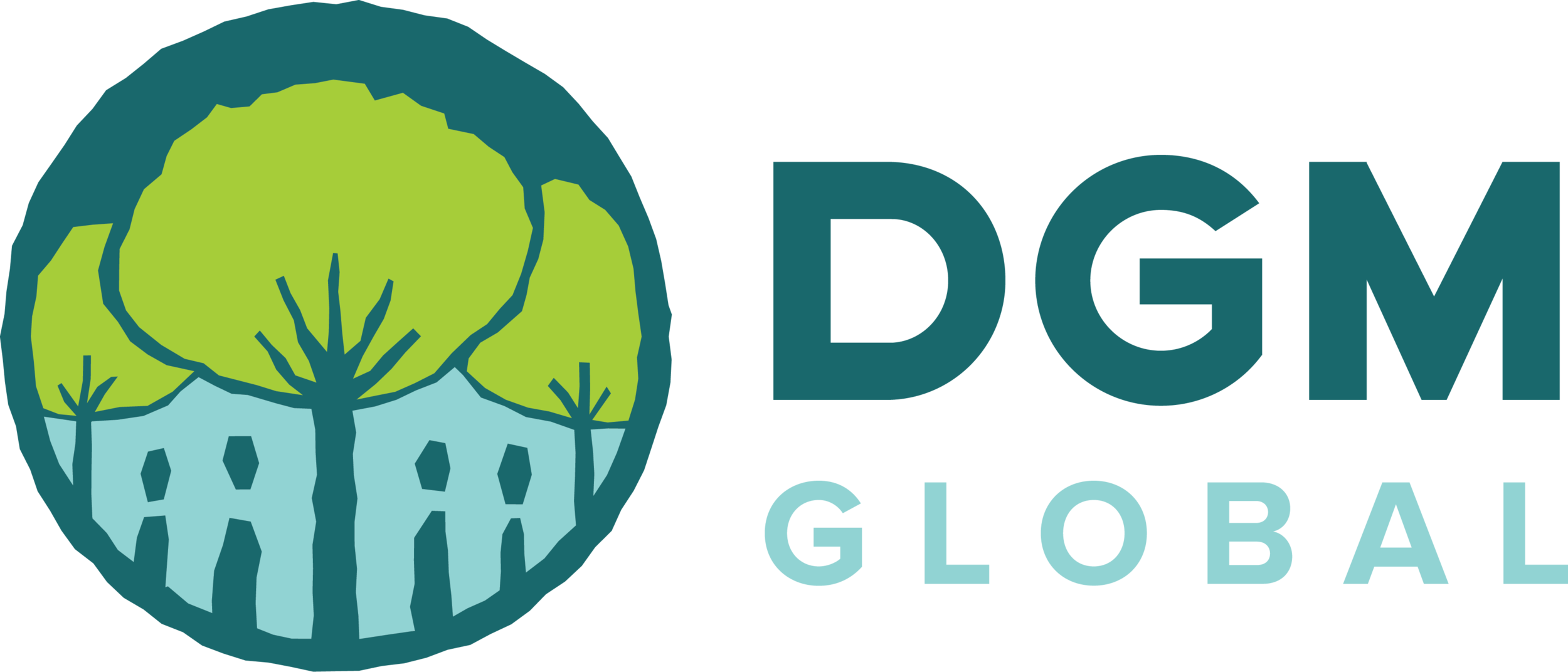Using Earth Observation for Community-led Land Management
DGM Global cannot guarantee the accuracy of Google translations. In case of discrepancies, the original language takes precedence.
In June 2018, DGM Global was fortunate to have the participation of the Earth Observation for Indigenous-led Land Management (EO4IM) team at its Americas Exchange in Junin, Peru. The following post was written by the EO4IM team about its experiences at the event.
By: Karyn Tabor
Women in the Palomar community review a cultural map created by the Suri indigenous community in Brazil to digitally record their people's cultural and ecological knowledge.
Launched in April of 2018, Earth Observation for Indigenous-led Land Management (EO4IM) is a NASA-funded project being implemented by a team from Conservation International (CI). The project’s objective is to strengthen the technical capacities of indigenous organizations in the Americas – and globally through alignment with the Dedicated Grant Mechanism for Indigenous Peoples and Local Communities (DGM) – to harness the power of earth observation (EO) for enhanced sustainable land management.
Aligned with the ongoing AmeriGEOSS program of the Group on Earth Observations (GEO), the EO4IM initiative will increase regional capacity for sustainable land use decisions and data infrastructure by promoting EO data, tools and web platforms. The EO4IM team conducted its first remote sensing capacity building during the DGM Americas Regional Exchange in Junín, Peru.
The EO4IM team at the Exchange consisted of Karyn Tabor, Jenny Hewson, and Eddy Mendoza from Conservation International, as well as Dr. Cindy Schmidt of NASA. They led several technical sessions at the Exchange, introducing the participating community representatives to a range of remote sensing tools and data products available for forest monitoring and land management. The team focused on free tools that were readily accessible and thematically focused around fire and forest monitoring, illegal extractives, land tenure, and tourism.
EO4IM team member, Eddy Mendoza (CI Peru), shows maps of deforestation detected by satellites to the Palomar community.
The team identified several highlights from the trip:
Meeting with indigenous communities. The team met with three indigenous communities in Junin. In the Palomar community, they shared printed maps of deforestation detected by satellites over the last fourteen years. The community members were very interested in the maps and explained how settlers have repeatedly encroached on their lands. The deforestation caused by these settlers threatens the biodiversity the community values for its cultural and spiritual significance. The community members also shared their concerns about the water pollution resulting from soil erosion from deforestation. They noted that the remote sensing data would be helpful for showing these illegal settlements to the government and hopefully encouraging the government to take action.
Working with the DGM Global team. The exchange featured 25 representatives of indigenous peoples and local communities from nine Latin American countries and Indonesia. This was the EO4IM team's first opportunity to see DGM Global in action, and seeing the level of effort involved in implementing such an event in a remote location was a highlight for the team.
Learning from the participants. While the EO4IM team was invited to share its technical expertise with the participants, the Exchange was a very reciprocal learning opportunity, as the team was able to learn from the community representatives and understand more fully their challenges and successes with land management. The successful incorporation of indigenous rights and the preservation of indigenous lands and heritage require a multi-faceted approach of policy development, legal representation, cultural awareness, capacity building, political will, and monitoring technologies and tools. One of the core purposes of the DGM exchanges is to bring together people with all of these skills, experiences, and knowledge to advance positive social and environmental change.


